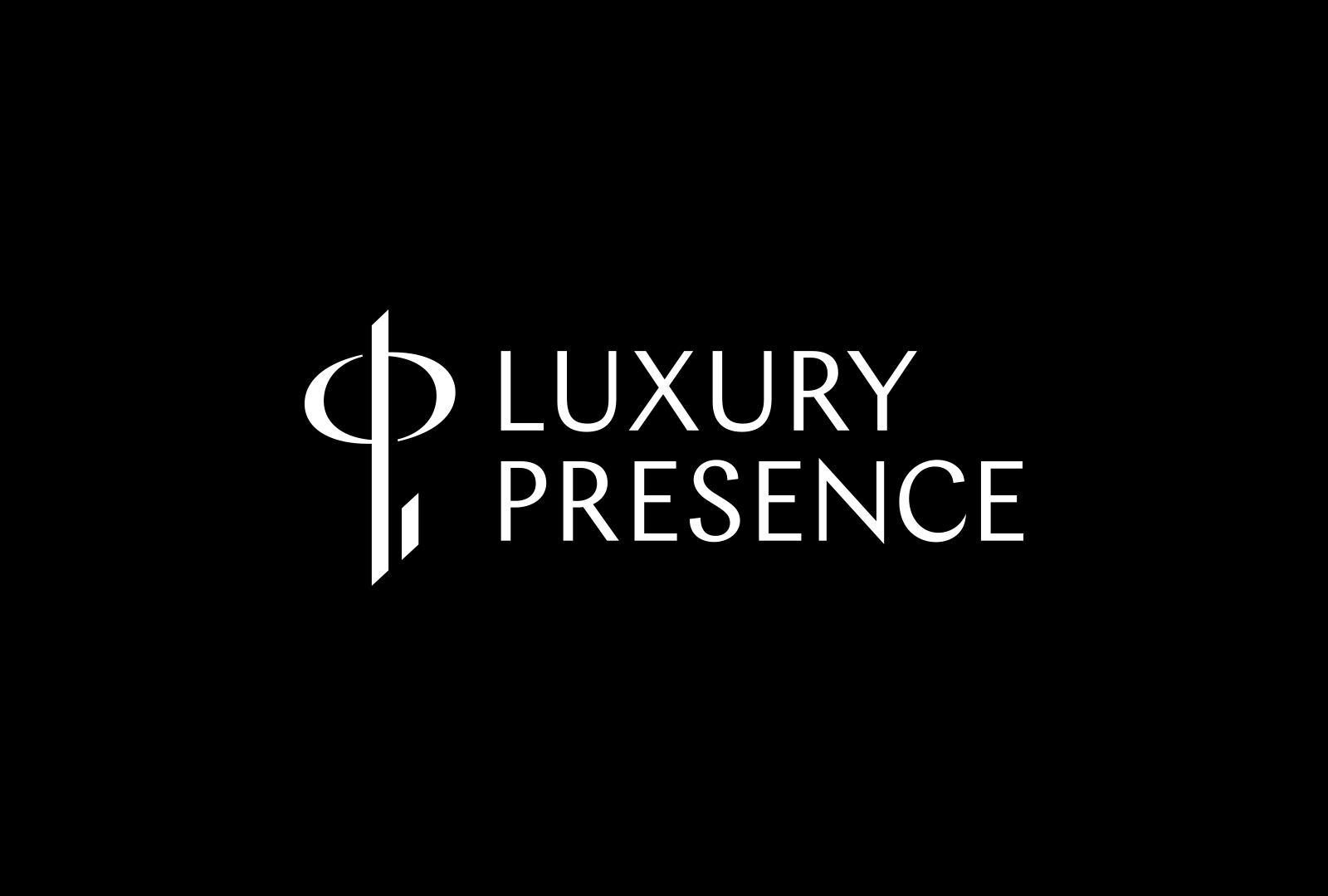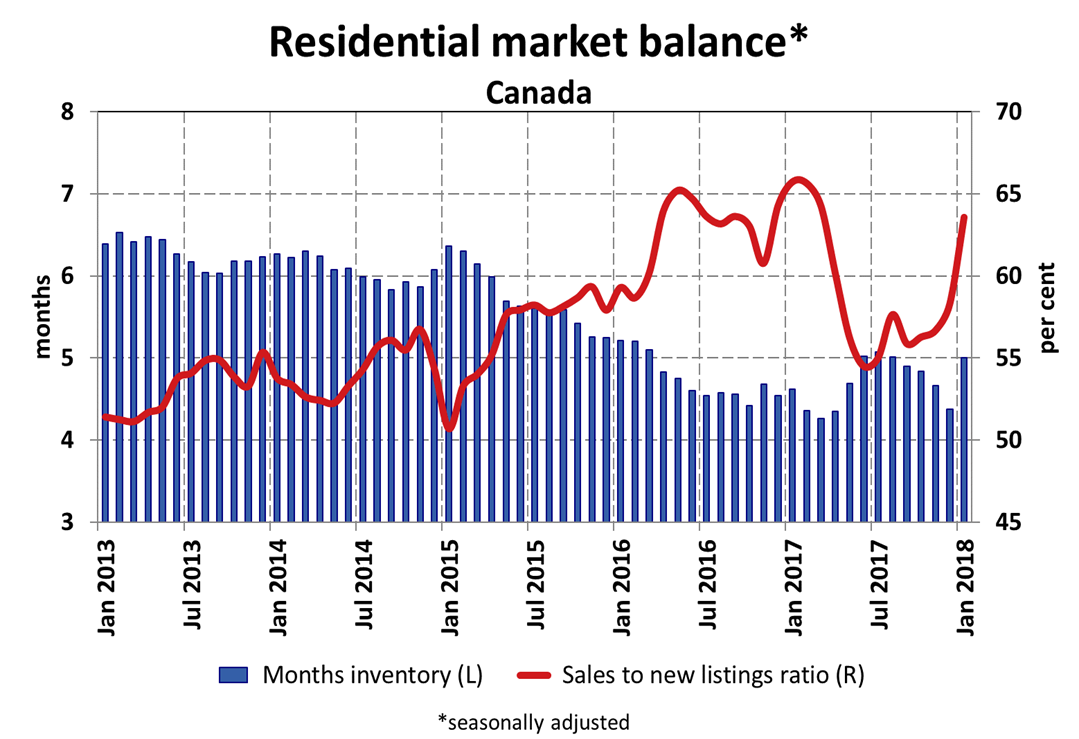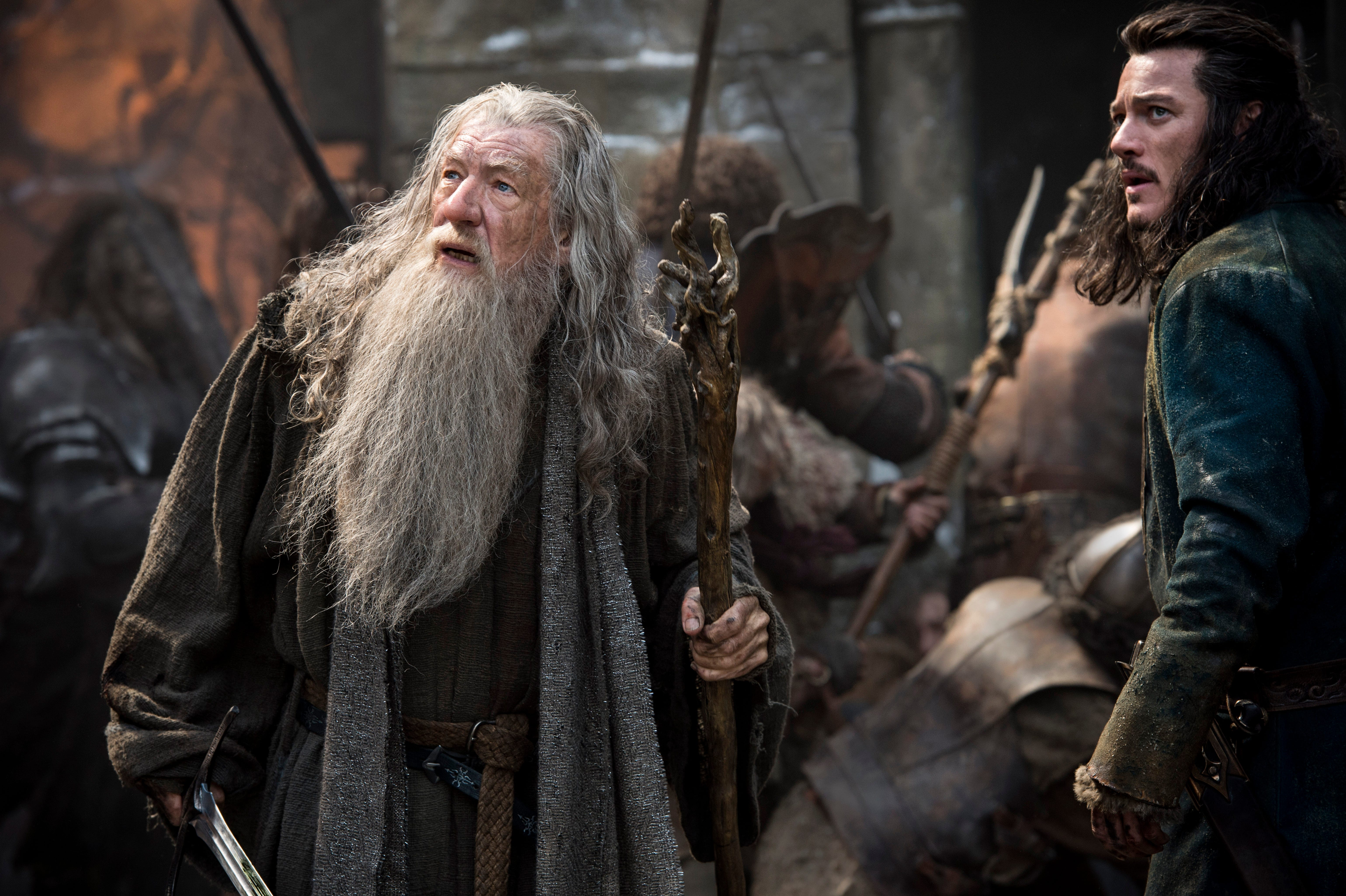Reviewing The Hobbit: The Battle Of The Five Armies - A Critical Look At The Conclusion

Table of Contents
The Battle of Five Armies: Epic Scale vs. Narrative Clarity
The Hobbit: The Battle of the Five Armies undoubtedly delivers on visual spectacle. The battle sequences are breathtaking, showcasing impressive CGI and masterful use of slow-motion to highlight the chaos and scale of the conflict. The sheer number of combatants and the detailed environments are truly awe-inspiring. However, this epic scale sometimes comes at the cost of narrative clarity. The sheer visual grandeur occasionally overshadows the individual character arcs and plot developments, making it difficult to follow specific characters amidst the carnage.
- Positive Aspects:
- Breathtaking visuals and stunning landscapes.
- Impressive CGI and special effects, creating a believable and immersive world.
- Effective use of slow-motion to emphasize key moments and character actions during the battle.
- Negative Aspects:
- Confusing battle choreography at times, making it challenging to follow the action.
- Difficulty in keeping track of individual characters within the large-scale battle scenes.
- Lack of emotional weight in some parts of the battle, despite the high stakes.
Character Arcs and Resolutions: A Satisfying Conclusion?
The film attempts to wrap up the character arcs of Bilbo, Thorin, and other key players. Bilbo's journey is one of growth and acceptance, culminating in a bittersweet farewell to his companions and a newfound appreciation for the simple life in the Shire. Thorin Oakenshield's arc is perhaps the most complex, showing a path of redemption, marred by his obsession with gold and ultimately ending in a tragic, yet heroic, sacrifice.
- Bilbo's Journey: His transformation from timid hobbit to courageous adventurer is evident, yet the film sometimes rushes his emotional processing of the events.
- Thorin's Redemption: The film portrays Thorin's struggle with his dragon sickness convincingly, but some might find his redemption somewhat abrupt.
- Other Characters: Characters like Gandalf and Legolas are given significant roles, though their prominence sometimes feels forced and overshadows other important characters. The narrative feels less focused on the emotional impact of the war for these minor characters.
The emotional impact of scenes like Thorin's death is somewhat muted by the sheer scale of the battle surrounding it, reducing its emotional resonance. While the character resolutions mostly work, a lack of deeper emotional connection prevents the ending from reaching its full potential.
Comparing The Battle of the Five Armies to The Lord of the Rings Trilogy
Comparing The Battle of the Five Armies to The Return of the King, the final film in The Lord of the Rings trilogy, reveals significant differences. While both films feature epic battles and explore profound themes, The Return of the King is generally praised for its deeper character development, more nuanced storytelling, and a stronger sense of thematic resonance. The Battle of the Five Armies, despite its visual spectacle, feels comparatively rushed and less emotionally resonant.
- Similarities: Both films depict large-scale battles with high stakes and feature strong characters facing difficult moral choices. Both explore themes of good versus evil, friendship, and sacrifice.
- Differences: The Return of the King boasts more intricate character motivations, and a slower pace allows for greater emotional impact. The narrative focus in The Hobbit feels spread too thin.
The Film's Lasting Impact and Legacy
The Hobbit: The Battle of the Five Armies achieved considerable box office success, but its critical reception was more divided than its predecessors. While visually stunning, it's often criticized for its pacing and narrative inconsistencies. Its influence on subsequent fantasy films is less direct compared to The Lord of the Rings, which redefined the genre. Nevertheless, it remains a significant part of the extended Hobbit and Lord of the Rings universe, contributing to the overall legacy of these iconic stories.
- Box Office Performance and Critical Reviews: A commercial success, but reviews were mixed, praising the visuals while criticizing the narrative.
- Impact on the Fantasy Genre: Less impactful than The Lord of the Rings, but it still contributed to the ongoing popularity of the fantasy genre.
- Long-Term Significance: The film holds a place in cinematic history, albeit a more contested one, as part of a hugely successful and influential fantasy franchise.
Conclusion: Final Thoughts on The Hobbit: The Battle of the Five Armies
In conclusion, The Hobbit: The Battle of the Five Armies offers a visually spectacular, albeit narratively uneven, conclusion to Bilbo Baggins's adventure. While the battle sequences are undeniably impressive, the film sometimes sacrifices narrative clarity and emotional depth for sheer spectacle. The character resolutions, while mostly satisfying, lack the emotional resonance of The Return of the King. Ultimately, The Hobbit: The Battle of the Five Armies provides a visually stunning but sometimes messy end to the Hobbit trilogy.
What are your thoughts on The Hobbit: The Battle of the Five Armies? Do you believe it provided a satisfying conclusion to the trilogy? Share your opinions and experiences with The Hobbit: The Battle of the Five Armies in the comments below – let's discuss this controversial conclusion!

Featured Posts
-
 The Gaza Hostage Crisis A Continuing Tragedy For Families
May 13, 2025
The Gaza Hostage Crisis A Continuing Tragedy For Families
May 13, 2025 -
 Discover Unlisted Luxury Homes The Luxury Presence Advantage
May 13, 2025
Discover Unlisted Luxury Homes The Luxury Presence Advantage
May 13, 2025 -
 Analyzing The Effect Of Low Mortgage Rates On The Canadian Housing Market
May 13, 2025
Analyzing The Effect Of Low Mortgage Rates On The Canadian Housing Market
May 13, 2025 -
 The Hobbit The Battle Of The Five Armies Behind The Scenes And Production
May 13, 2025
The Hobbit The Battle Of The Five Armies Behind The Scenes And Production
May 13, 2025 -
 16 3 Billion Record U S April Customs Duty Collections
May 13, 2025
16 3 Billion Record U S April Customs Duty Collections
May 13, 2025
